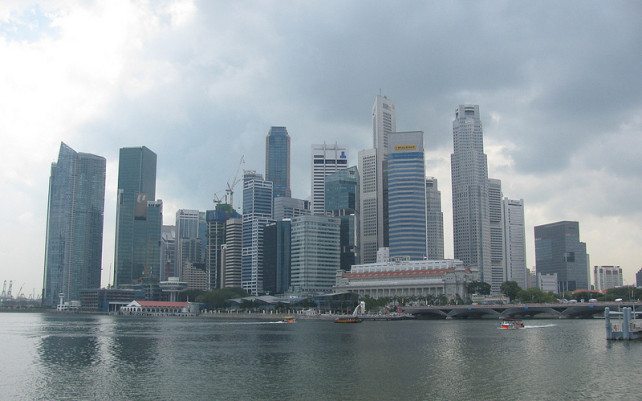
If there’s one thing you definitely won’t need to organise while in Singapore, it’s a hire car. This isn’t because driving in the city-state is difficult or dangerous; quite the opposite in fact, the high road tolls and new car pricing means traffic is light plus all the road signs are in English.
However, Singapore places a firm emphasis on public rather than private transport and have developed an efficient, value-for-money system that will whisk you from sight to sight quickly, comfortably and cleanly.
More than half the population uses public transport to get to work, adding up to a massive 5.3 million journeys a day, but despite this, the system copes admirably, never showing any signs of strain.
Mass Rapid Transport
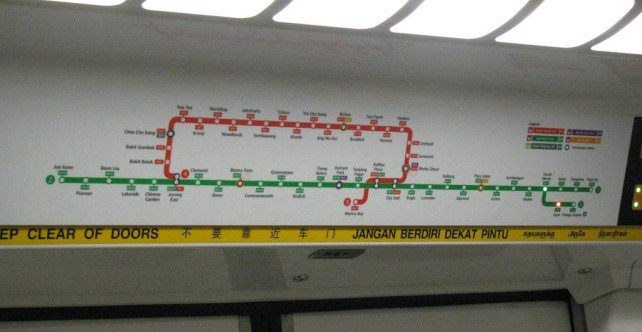
The backbone of Singapore’s transport system since it opened in 1987, has been the (Mass Rapid Transport) MRT rail network. The first of its four lines, the North South, was swiftly followed by the East West, with two more, the North East and the Circle opening in 2003 and 2009 respectively. A number of extensions and two new lines are planned for the next couple of decades.
In total there are currently 102 stations, meaning you are never far away from being able to hop on to a train. Acting as feeders to the MRT is the Light Rail Transit system, which operates fully-automated on three lines.
The trains and the underground stations are air-conditioned and screens keep you informed of the next departure, rarely more than a few minutes. There are a number of fare options, including one-time tickets but for a visit of a few days, a stored value or ez-link card is your best bet. Available from TransitLink Ticket Offices, these allow you to pre-load the card with an amount of your choosing. The card is swiped as you enter and leave the stations and the correct amount is debited.
Another option is the Standard Ticket, which allows six journeys within 30 days. However ez-link cards have the advantage of being usable on the bus system.
Buses
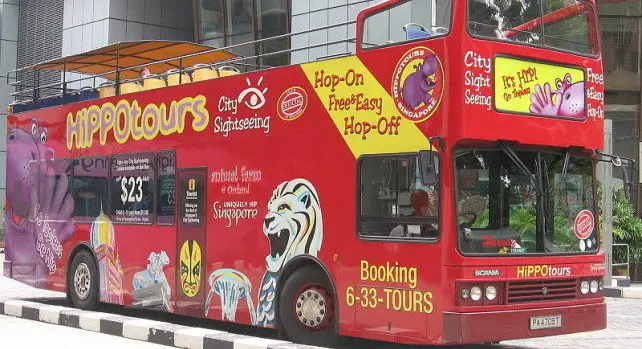
Like the trains, the buses are air-conditioned with some even featuring TVs. Fares are very reasonable, ranging from between 60c and $1.50, paid either in cash (where no change is given), or using an ez-card – but remember to swipe your card when disembarking or you will be charged the full fare.
There are also night bus services on Fridays, Saturdays and the day before public holidays. Fares for these range between $1.50 for the inner city and $4.00 further afield.
No wonder Singapore bus travel is the envy of the world!
Taxis
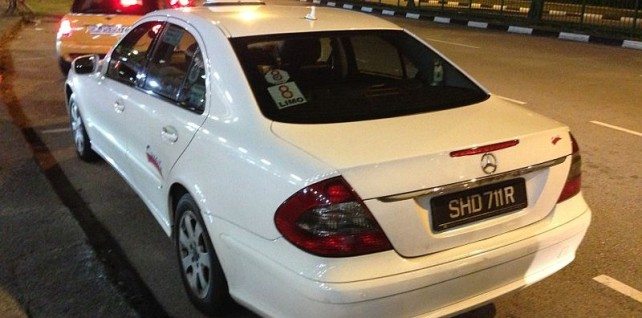
Beware though, there are a number of surcharges including peak hour and airport journeys. The largest price hike is reserved for post 11.30pm when an additional 50% is added onto the metered fare until 6am.























![Big Spender To Backpackers [infographic]](https://www.holidaypoint.com.au/wp-content/uploads/2014/03/GIO_BigSpendertoBackpacker_v3-e1394504863732-187x105.jpg)



![For The Love Of Bbq [infographic]](https://www.holidaypoint.com.au/wp-content/uploads/2014/01/GIO_AussieBBQ_v2-e1390559463404-187x105.jpg)


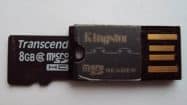

![Cities Of The Future [infographic]](https://www.holidaypoint.com.au/wp-content/uploads/2013/11/geek-travel2-e1384167225628-187x105.jpg)










Do You Have a Question to Ask?